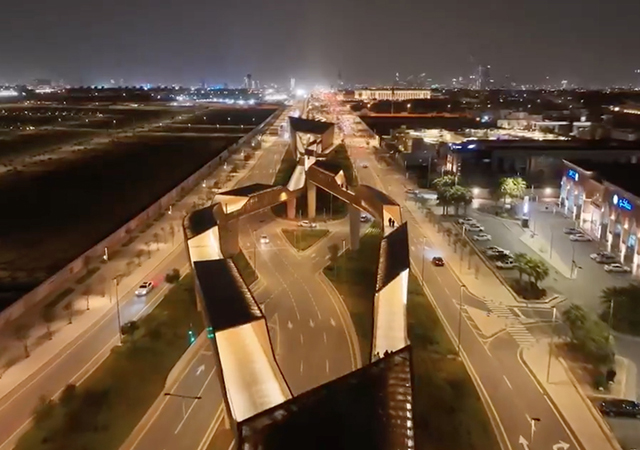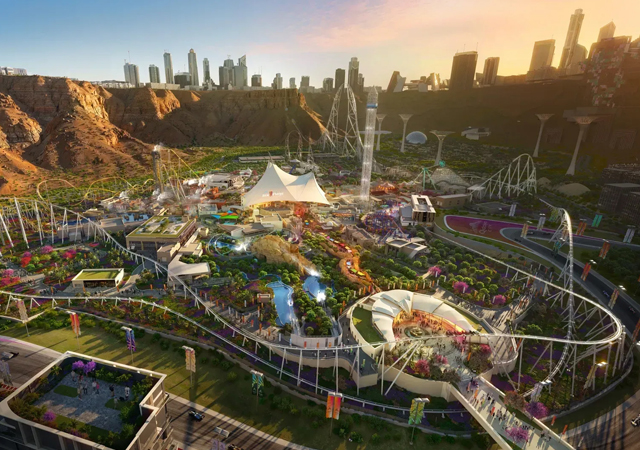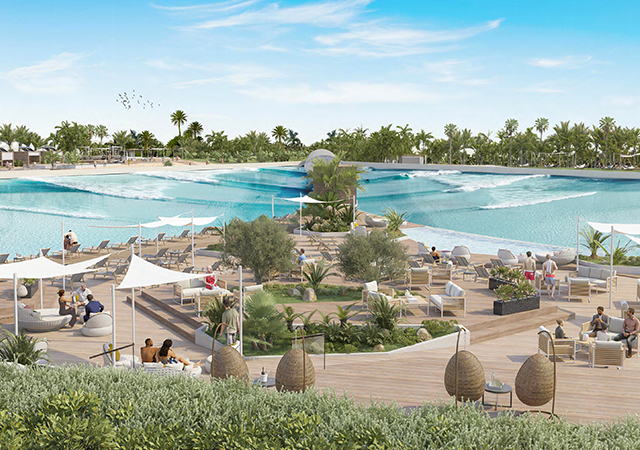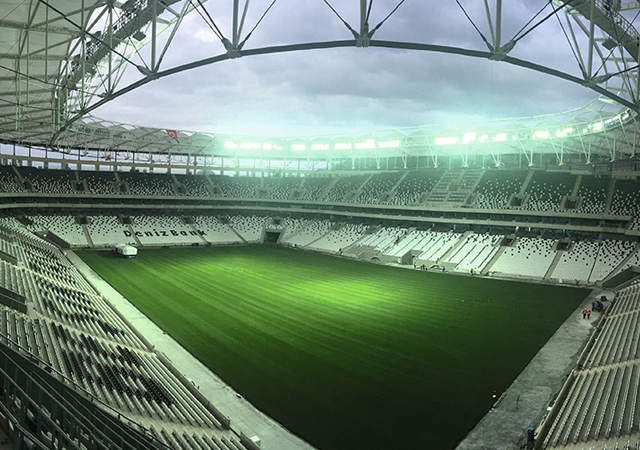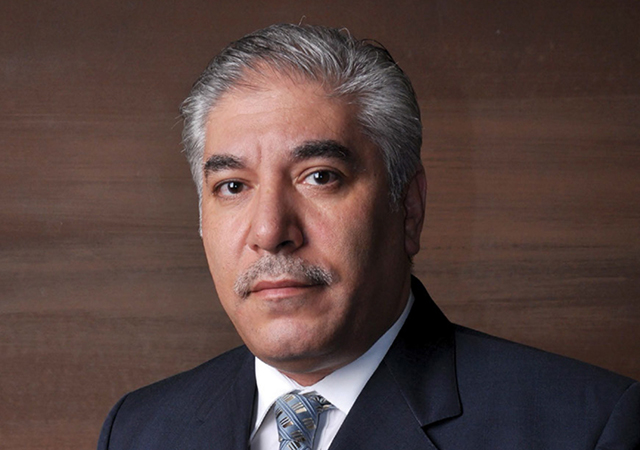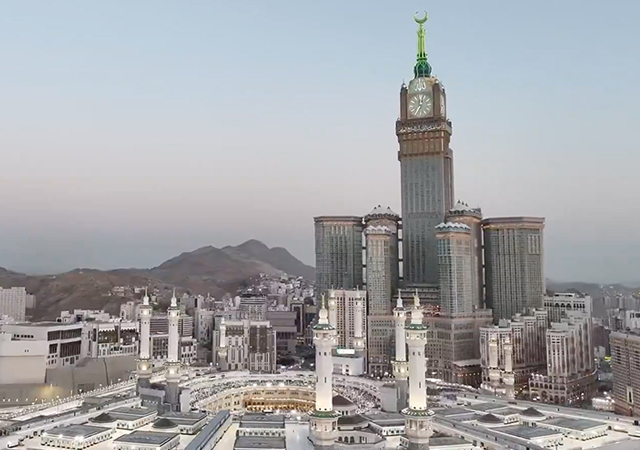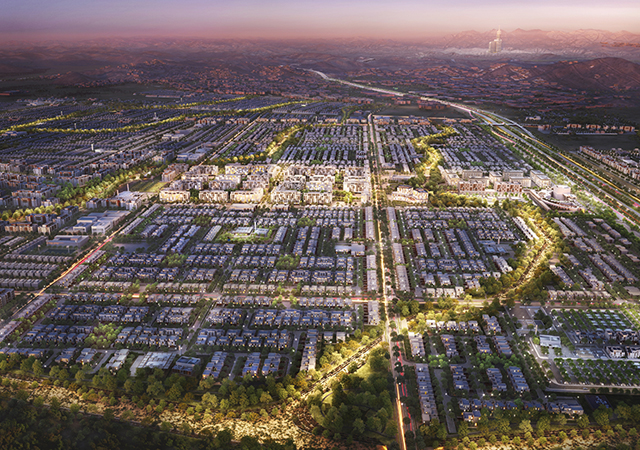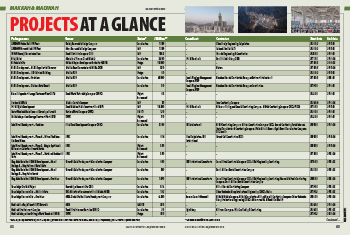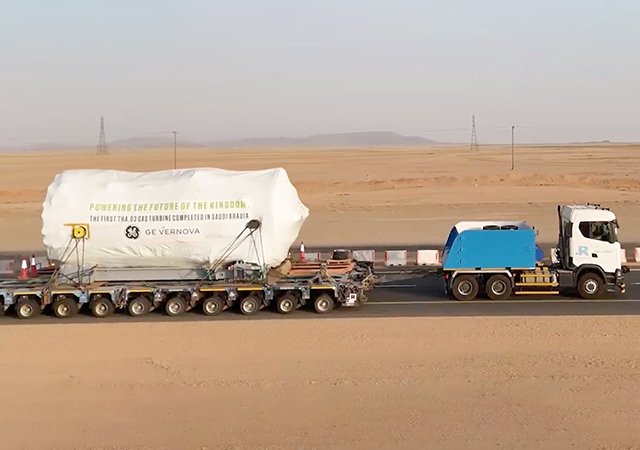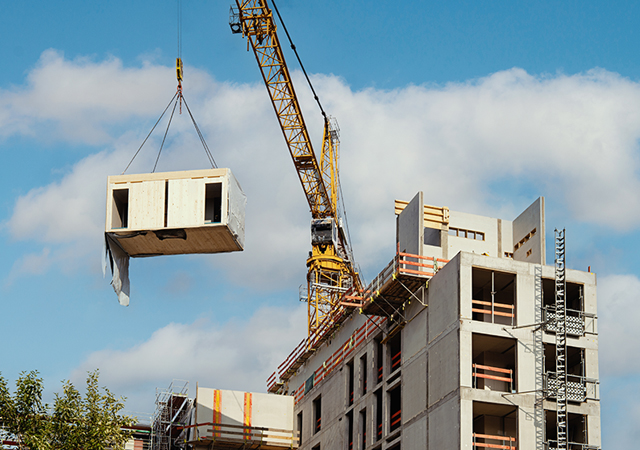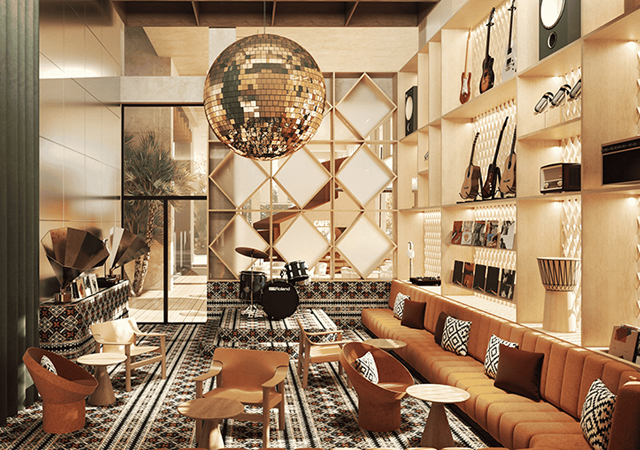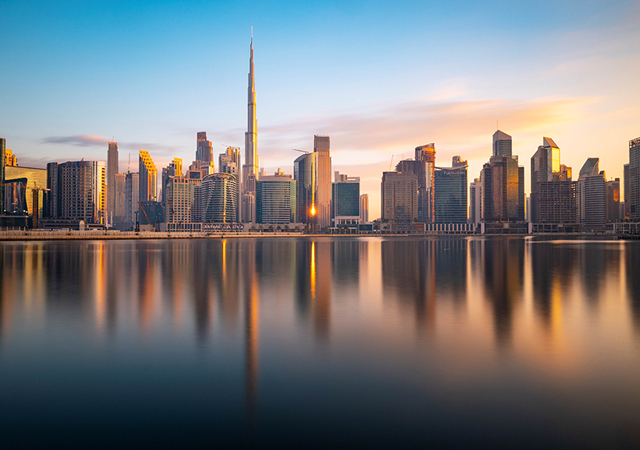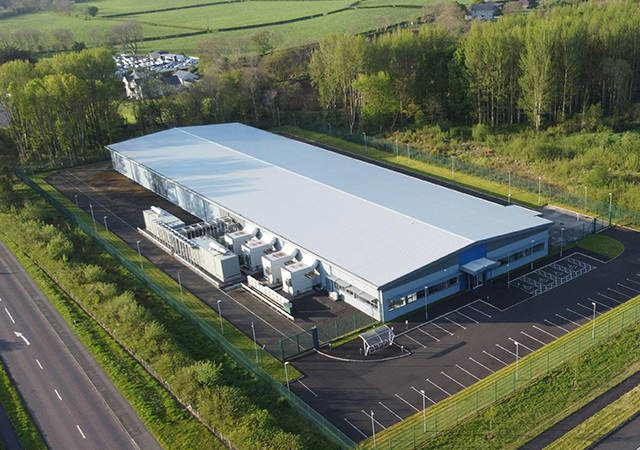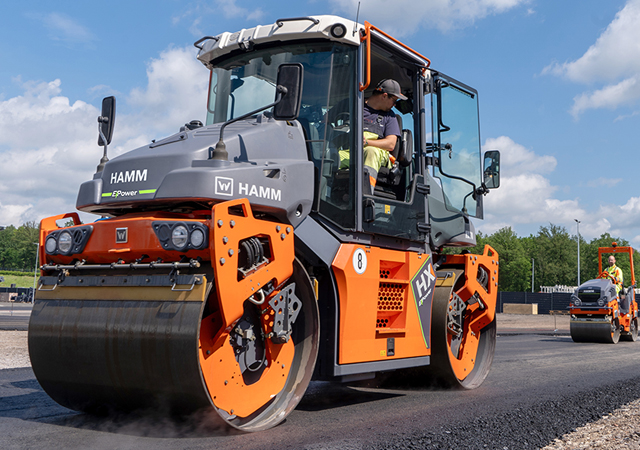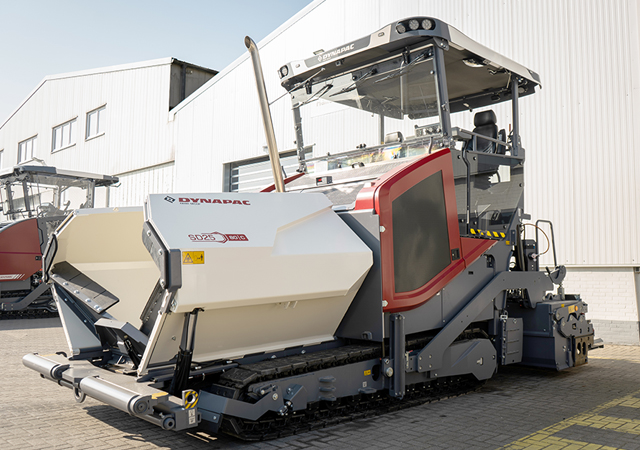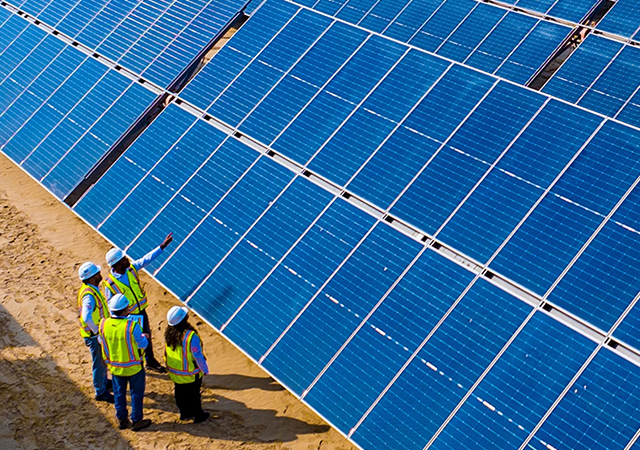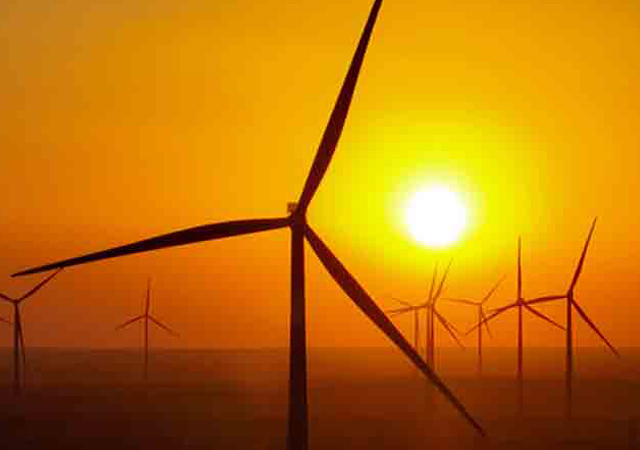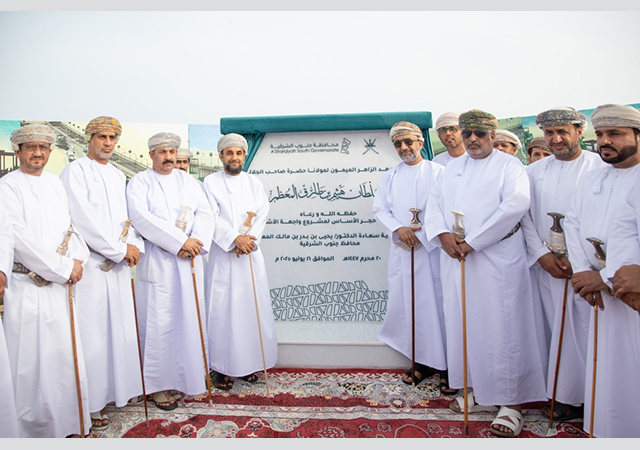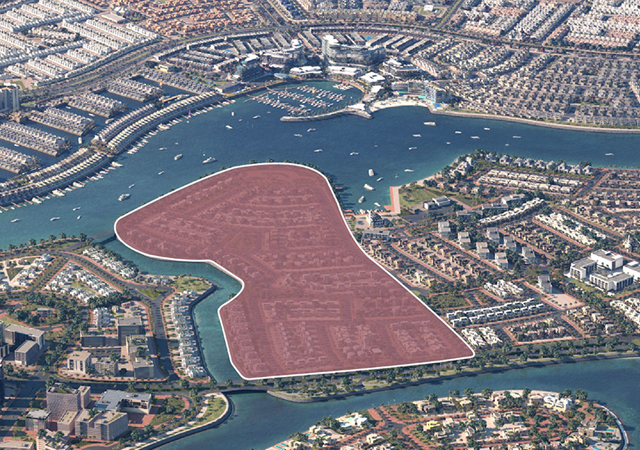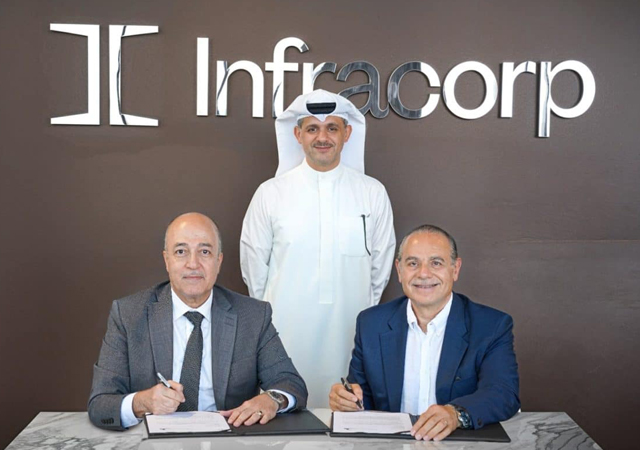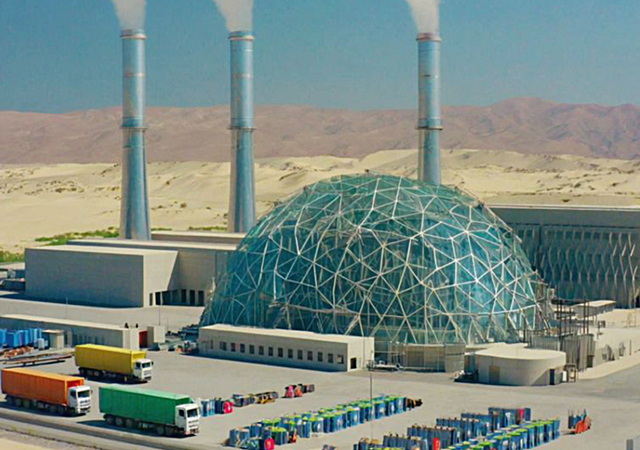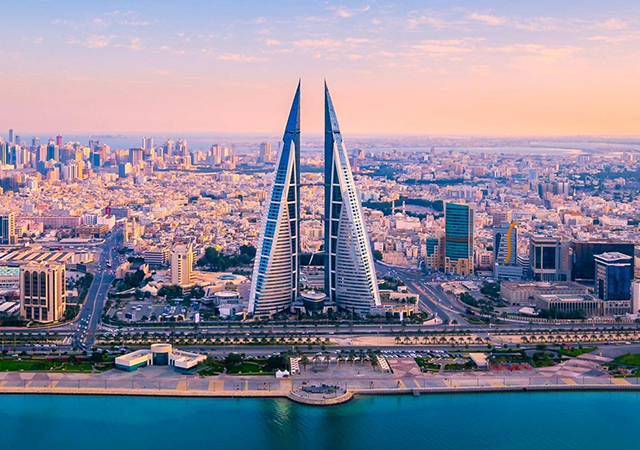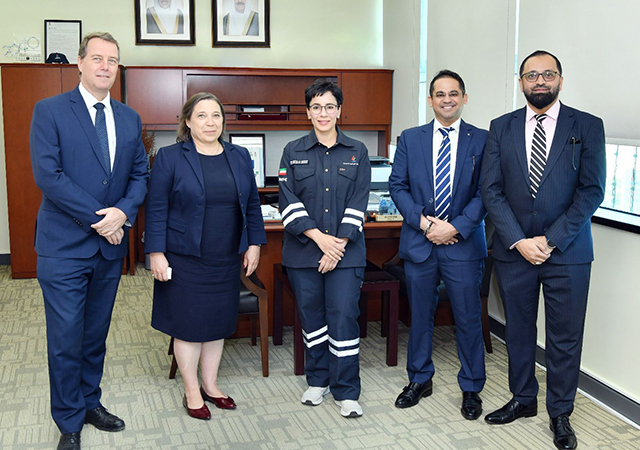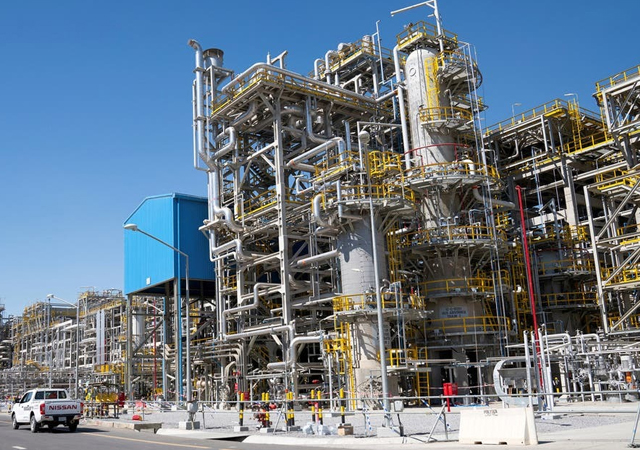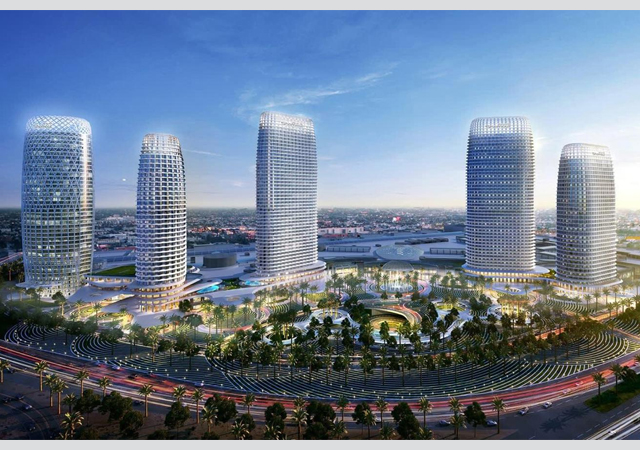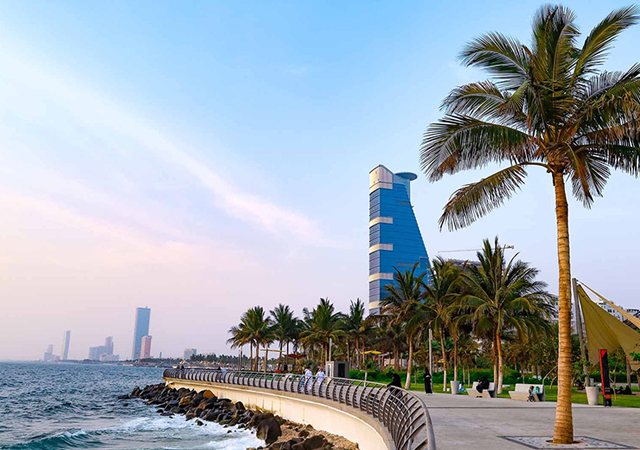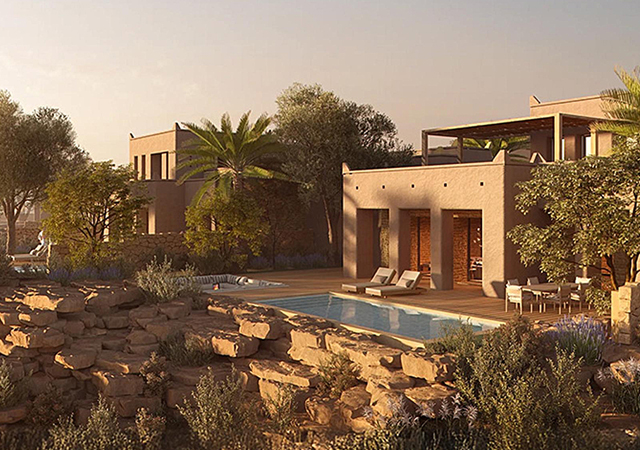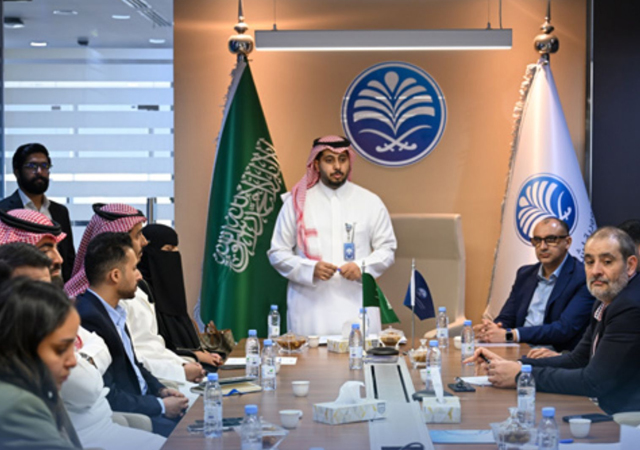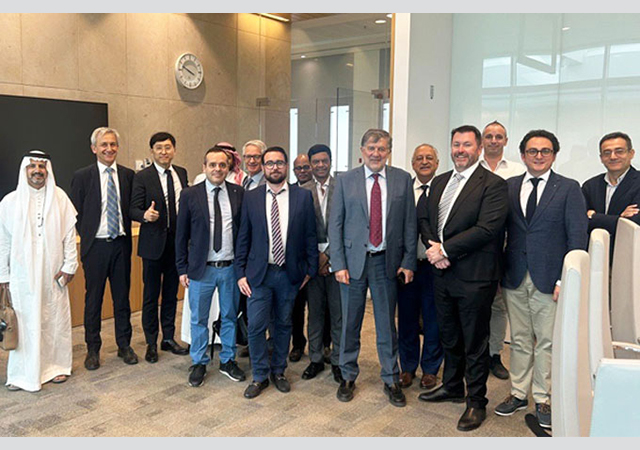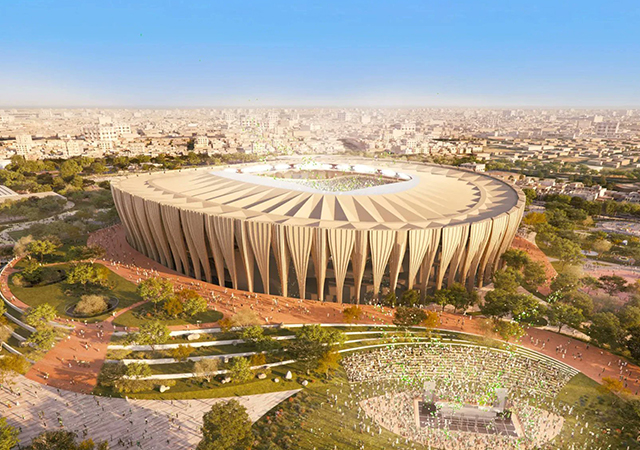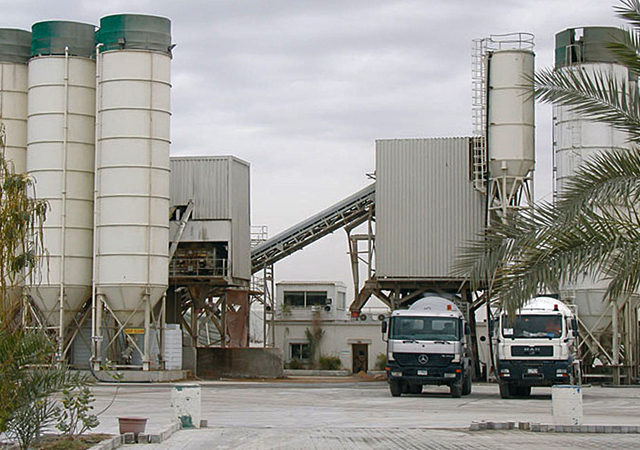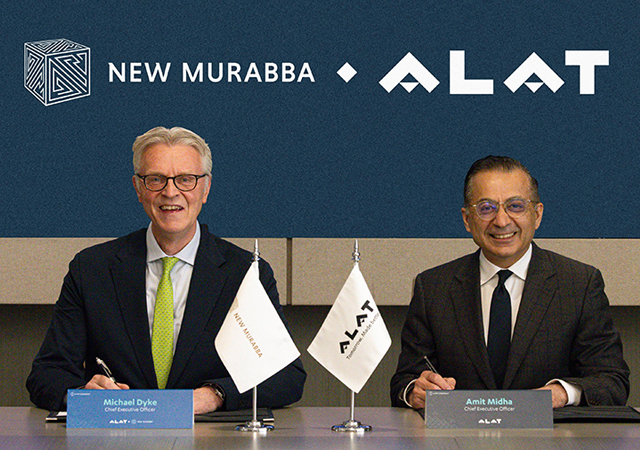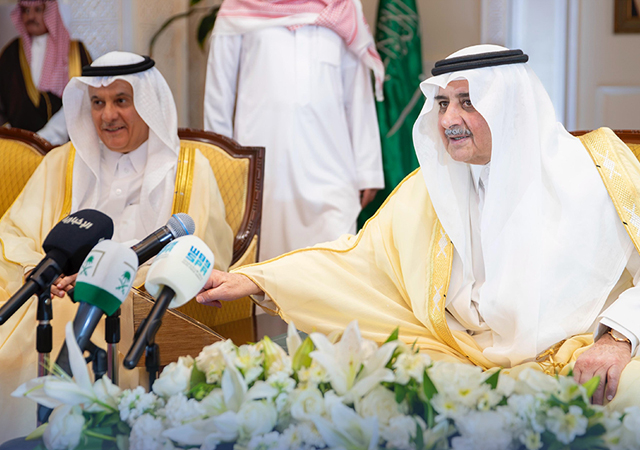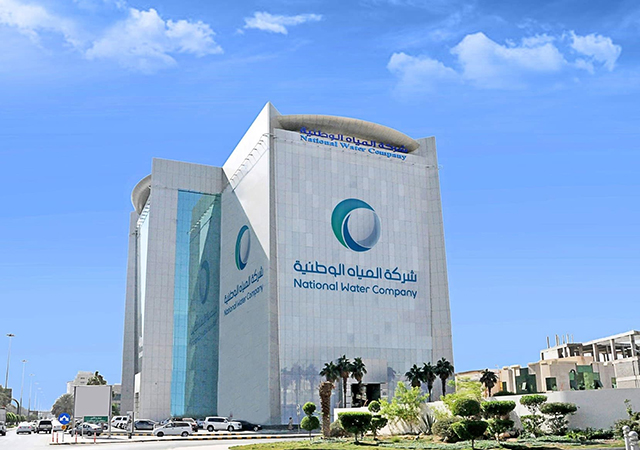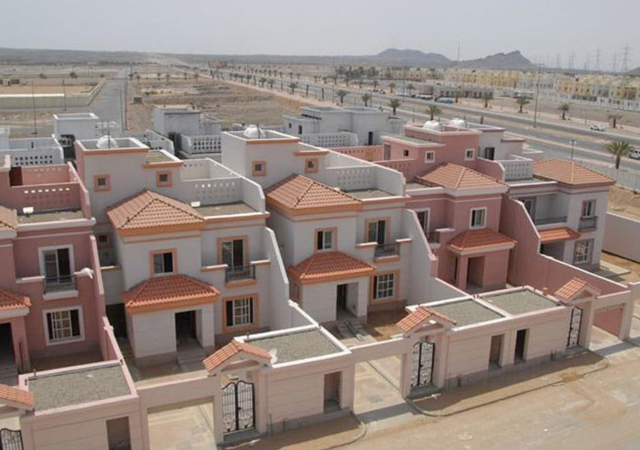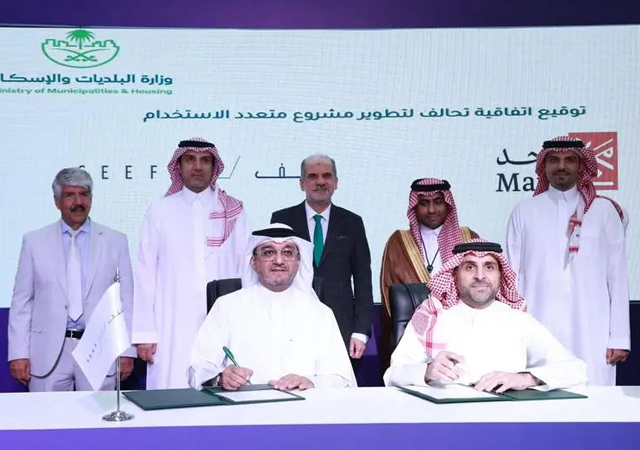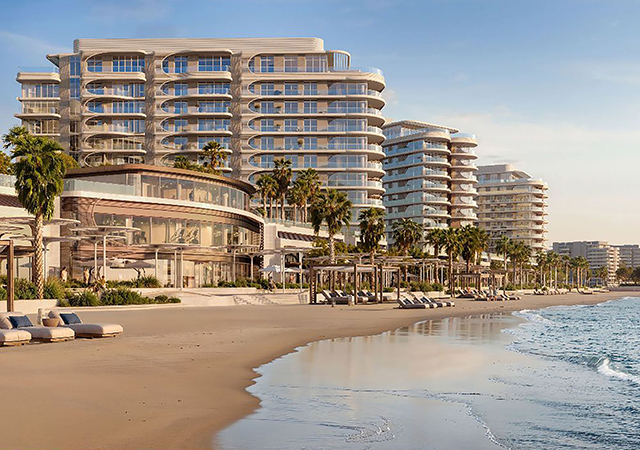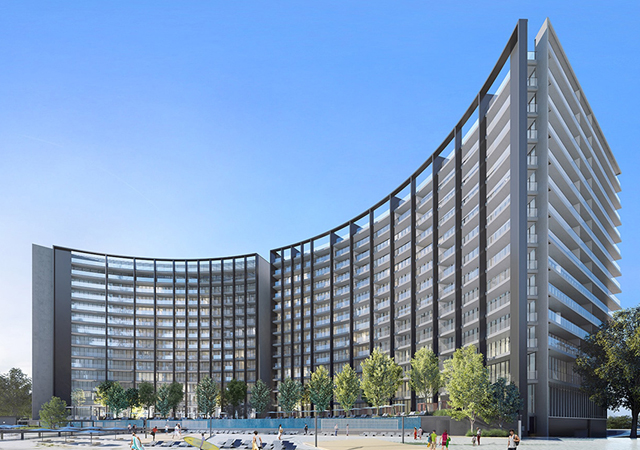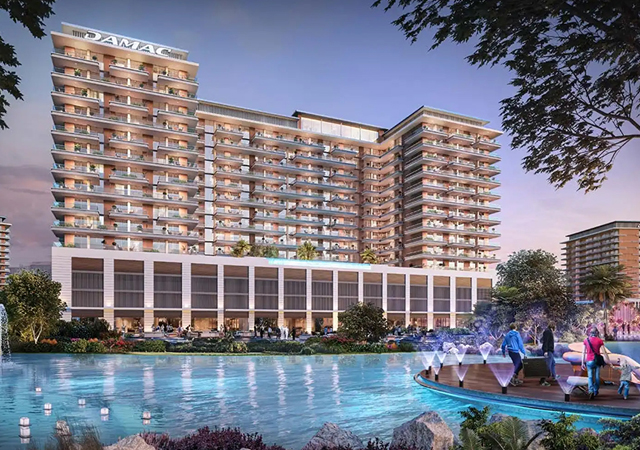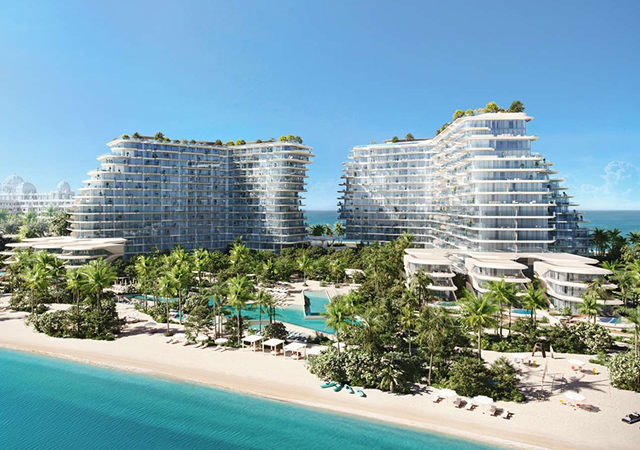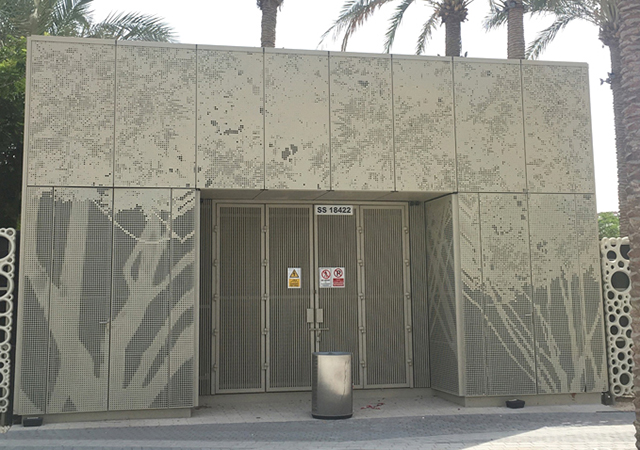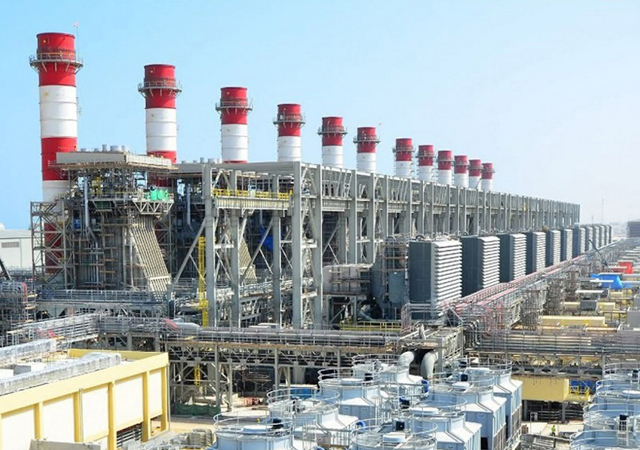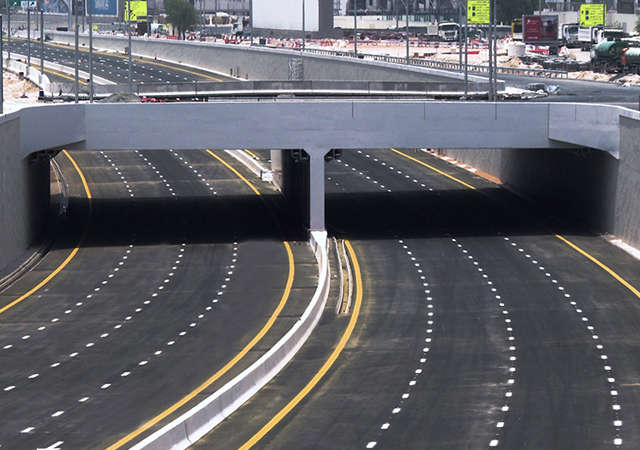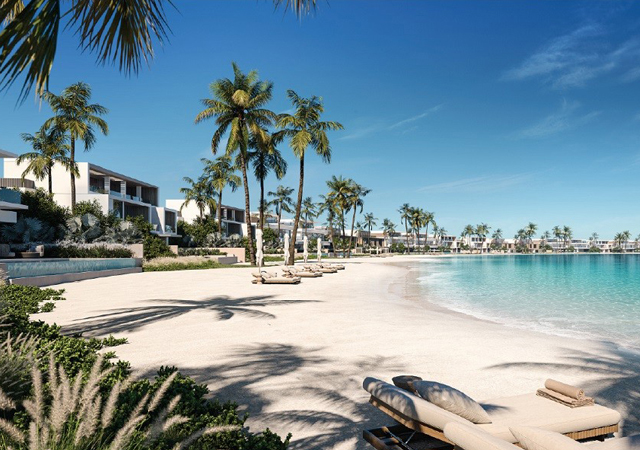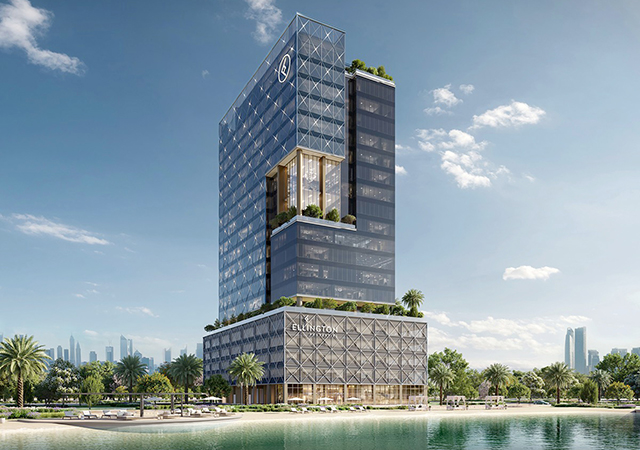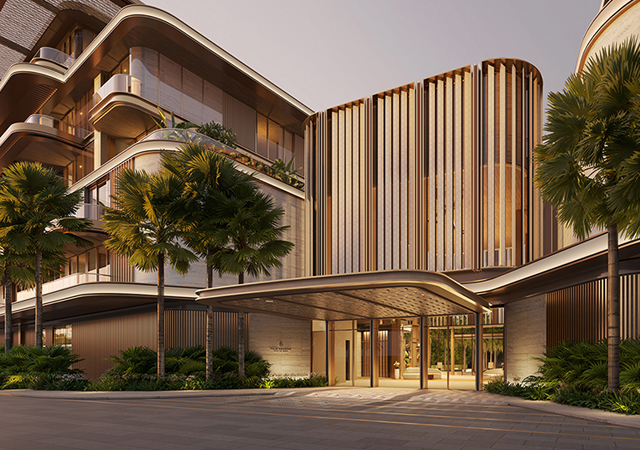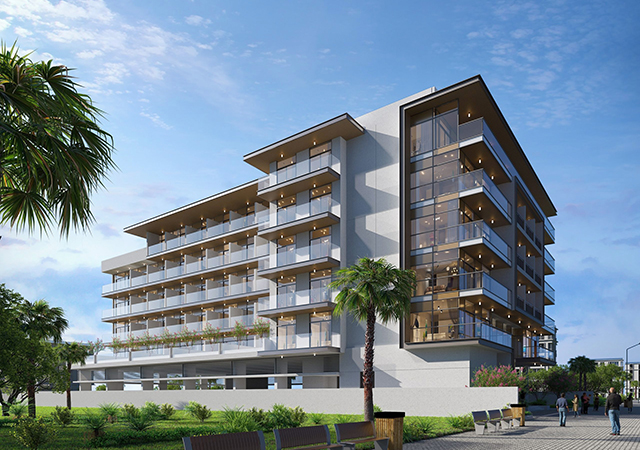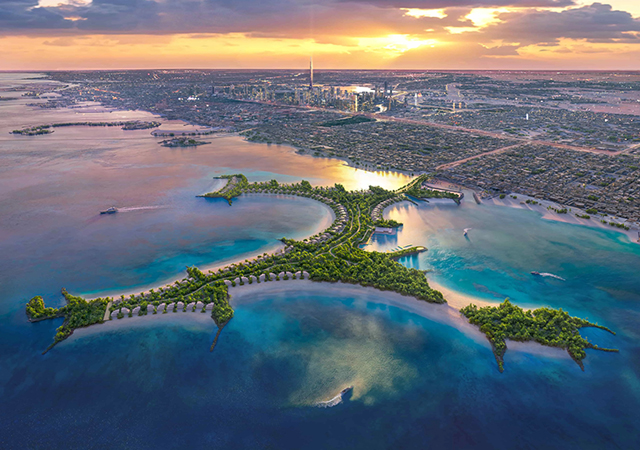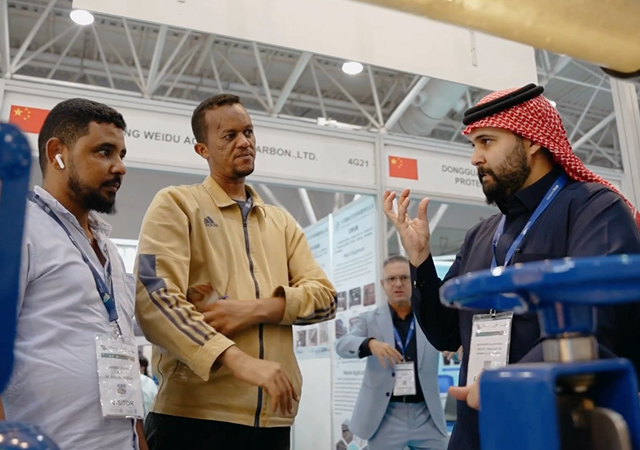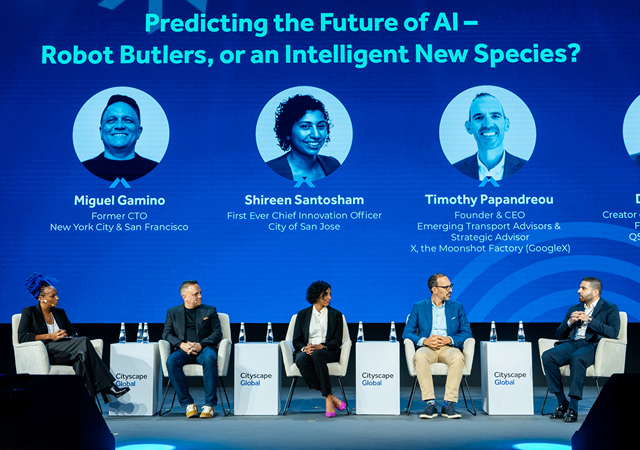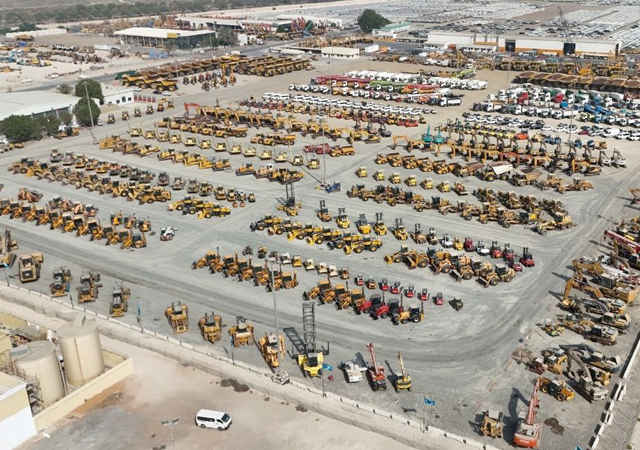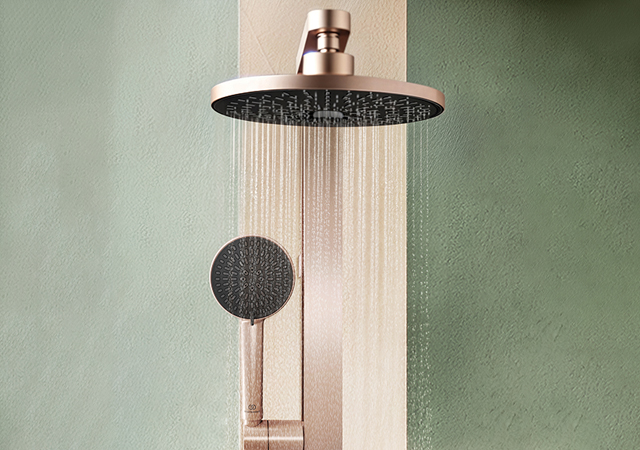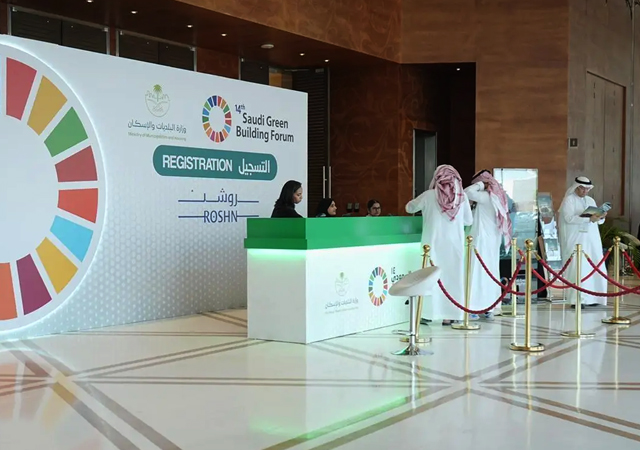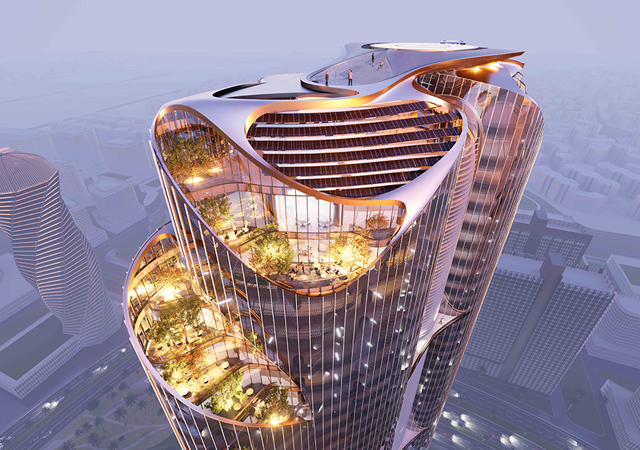
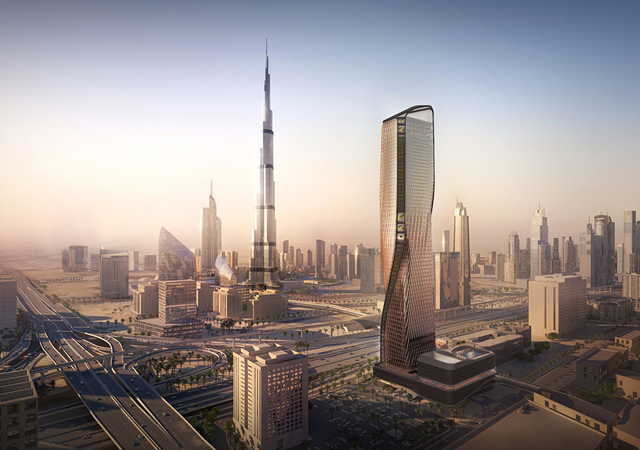 The 64-storey Wasl Tower ... slated to be completed by Q3 2024
The 64-storey Wasl Tower ... slated to be completed by Q3 2024
Façade work is currently in progress on the 64-storey Wasl Tower, which is set to be one of the world’s tallest buildings to use ceramic fins as a renewable means to achieve energy efficiency.
Located on Dubai’s highly prominent Sheikh Zayed Road, the massive mixed-use project, which offers a built-up area of 167,733 sq m, is being developed by leading developer Wasl. It will feature apartments, offices, restaurants and a luxurious 259-key Mandarin Oriental hotel. The building’s twisting architectural form creates a striking landmark on the horizon while fulfilling contemporary requirements for safety, sustainability and energy efficiency.
Aligned with the Year of Sustainability being marked by the UAE this year, the new building further enhances Dubai’s credentials as a global leader in adopting state-of-the-art sustainability solutions in the construction sector.
Slated to be completed by Q3 2024, Wasl Tower’s use of ceramic fins interprets traditional renewable construction material in an innovative way – linking the past, present, and future. The tower will stand 302-m tall when complete.
Wasl Group’s CEO Hesham Abdullah Al Qassim says: “The construction sector is responsible for more than one-third of global annual greenhouse gas emissions. Wasl Tower represents our continuous efforts to innovate and create smarter, more sustainable developments that meet the evolving needs of people and the UAE’s climate goals.”
 |
|
Work is in progress on the facade. |
The fine lace of inclined ceramic fins on the building’s facade, made from hybrid elements of clay and low-tech glazed ceramic mounted in an aluminum casing, are designed to provide shade, boost wind-induced cooling and indirectly channel daylight deep into the building’s interior.
The architectural template for Wasl Tower, developed by the lead Dutch design consultant UNStudio, is aligned with the engineering and sustainability concept of lead German engineering consultant Werner Sobek.
Solar thermal panels facilitate hot water access, while bronze-coated reflective glazing offers high thermal performance which, together with the ceramic fins, lowers cooling loads, significantly reducing overall energy consumption, thus promising higher comfort for occupants. Passive facade design and lighting control combine to reduce perimeter zone lighting energy by 40 per cent. An integrating heat pump system further contributes to significantly reducing power consumption and the tower’s carbon footprint.
Ben van Berkel, Founder and Principal Architect at UNStudio, said: “Working together with Wasl, we are bringing sustainability into the business – and cultural heart of Dubai. To prioritise the health and well-being of guests and residents, Werner Sobek and UNStudio have used clean and recycled materials and finishes that enhance comfort and user experience. Moreover, a clear spatial set-up, aided by technology, ensures people can easily orientate themselves. These measures, along with precisely planned public levels and group amenities, reflect Wasl Tower’s holistic, people-centred approach to sustainable development.”
The combination of outdoor landscaping, vegetation and passive systems will translate into a comfortable outdoor microclimate. A carefully controlled acoustical environment shelters the interior from both exterior noise intrusion and internally generated noise, while grey return water aids irrigation in landscaped areas.
The tower’s geometry, achieved through parametric design and high-tech engineering, enables several sustainability measures to be implemented. A smart structural concept leads to a highly efficient floorplan while the unique architecture ensures wind loads are reduced by 20 per cent. In addition, slender structural components save building materials, resulting in greater sustainability, according to the developer.
In a report published in Gulf Construction’s December 2020 issue, UNStudio had stated that Wasl Tower will be “a regional touchstone for adaptability and sustainability”. Its capacity to acclimatise to local temperatures through shading and cooling techniques sets this building apart within the hot desert climate.
Describing the façade, it said a fine lace of inclined fins over the basic skin literally veils the geometry and provides the required ‘closed’ surfaces. These fins not only provide shade but also reflect daylight deep into the tower’s interior. The direction of the fins (12.8 degrees), as well as the dimensions and materialisation, have all been developed using the parametric data from the design model. This holistic facade is decorated with autonomously generated light patterns that breathes with the rhythm of the city, says UNStudio.
The open seam that runs the full height of the tower forms a ‘vertical boulevard’, which is topped by infinity pools on the roof of the tower. This seam is created by a stacking of outdoor balconies and forms a green vein which also affords a glimpse of the interior of the building. The boulevard connects the outdoor with the indoor and is a unique feature for the region.
By day, the ceramic elements of the façade create a natural cooling system through heat loss and shading techniques.
By night, the facade lighting, designed by Arup and housed behind ceramic fins, is programmed to breathe with the rhythm of this 24-hour metropolis while providing a visual connection to the city. This facade lighting is powered by the energy cube photovoltaic (PV) panels located on the car-park building.



